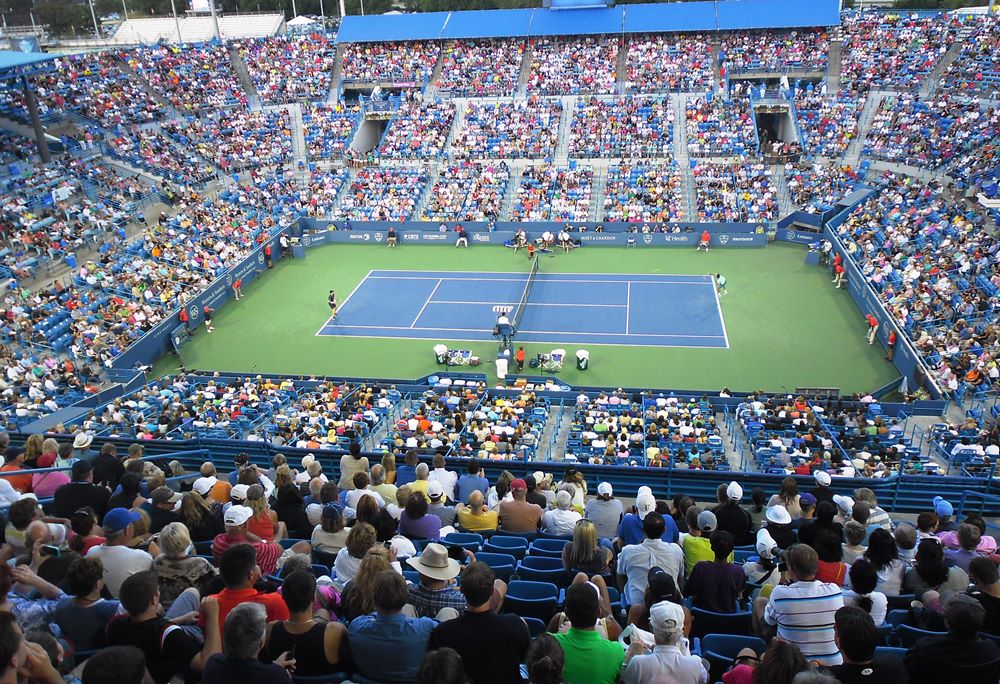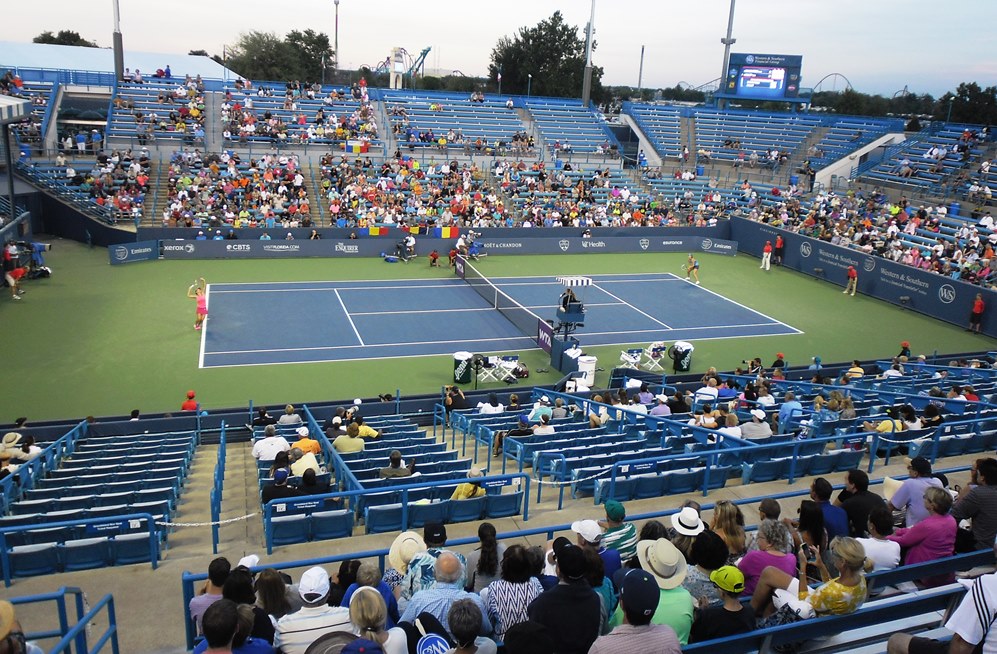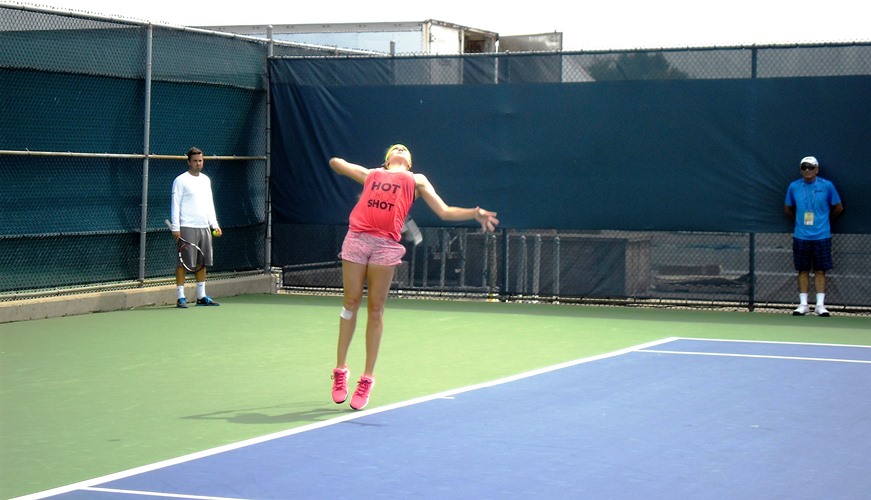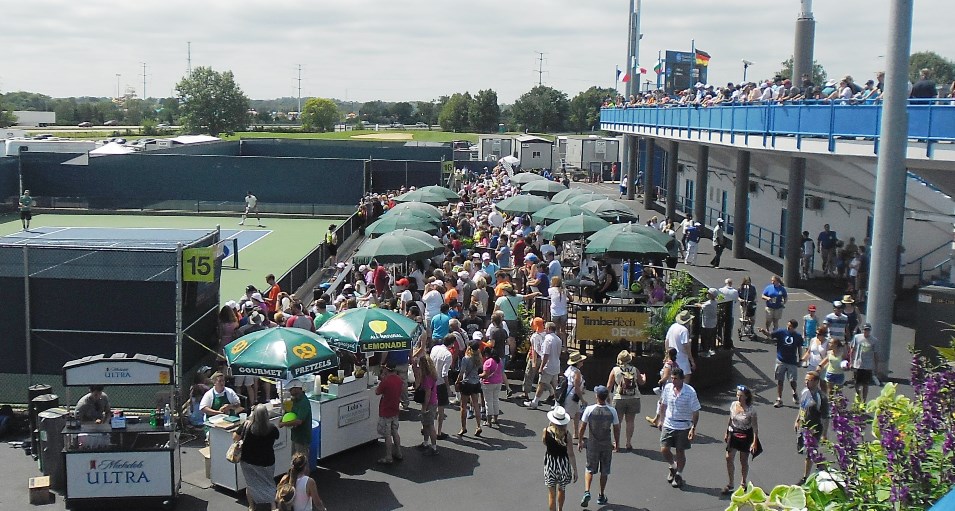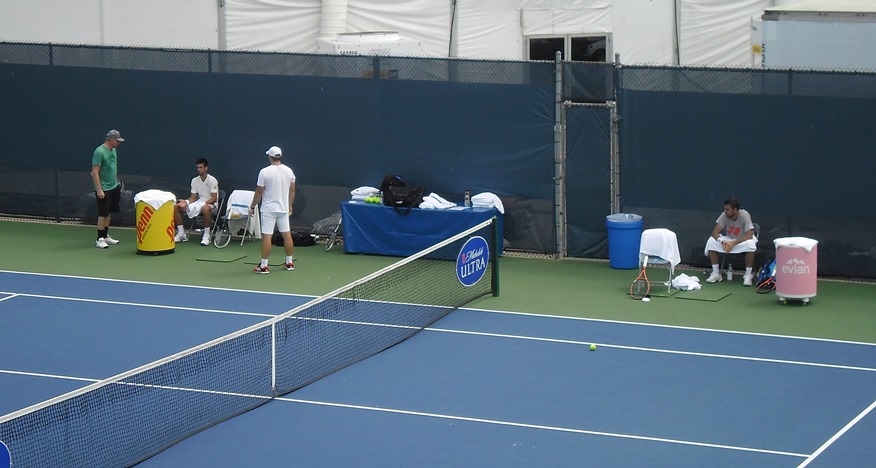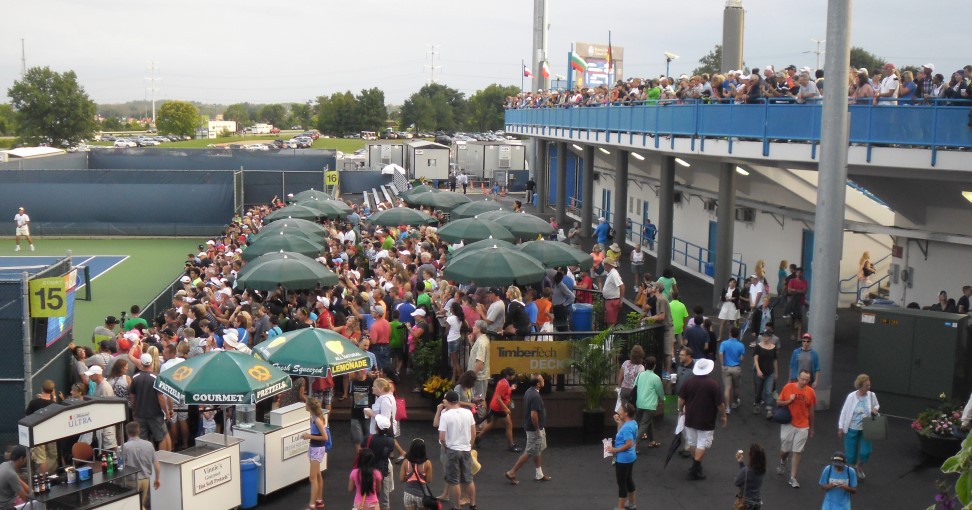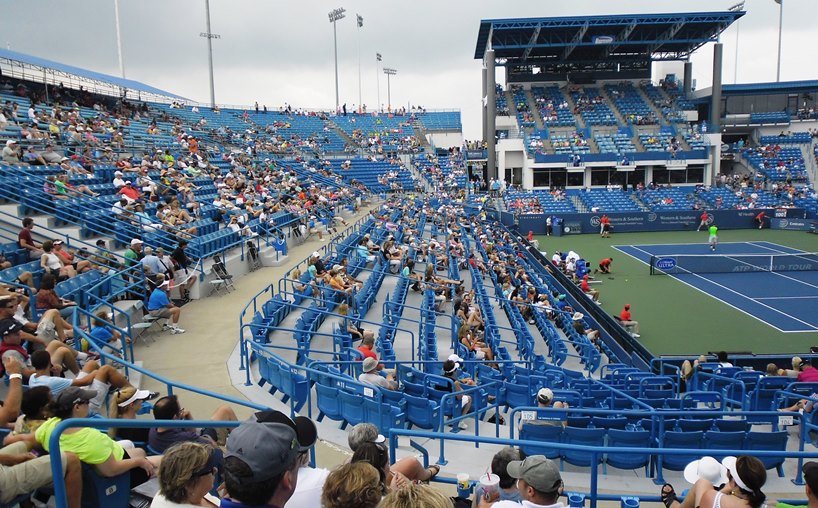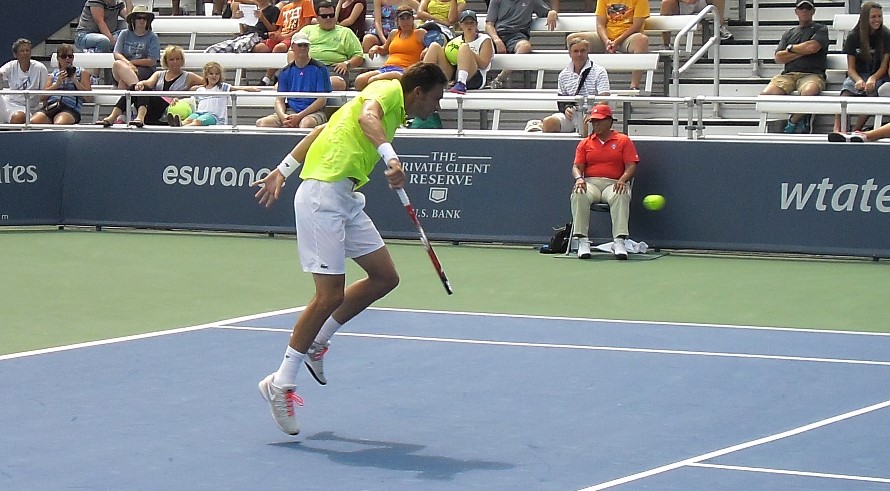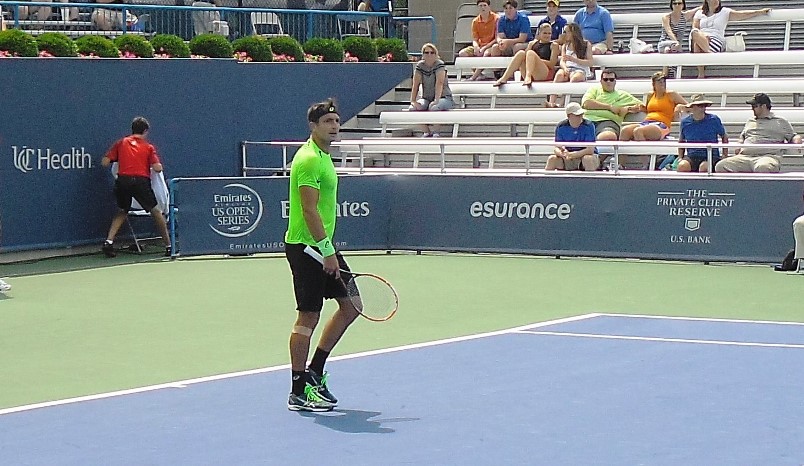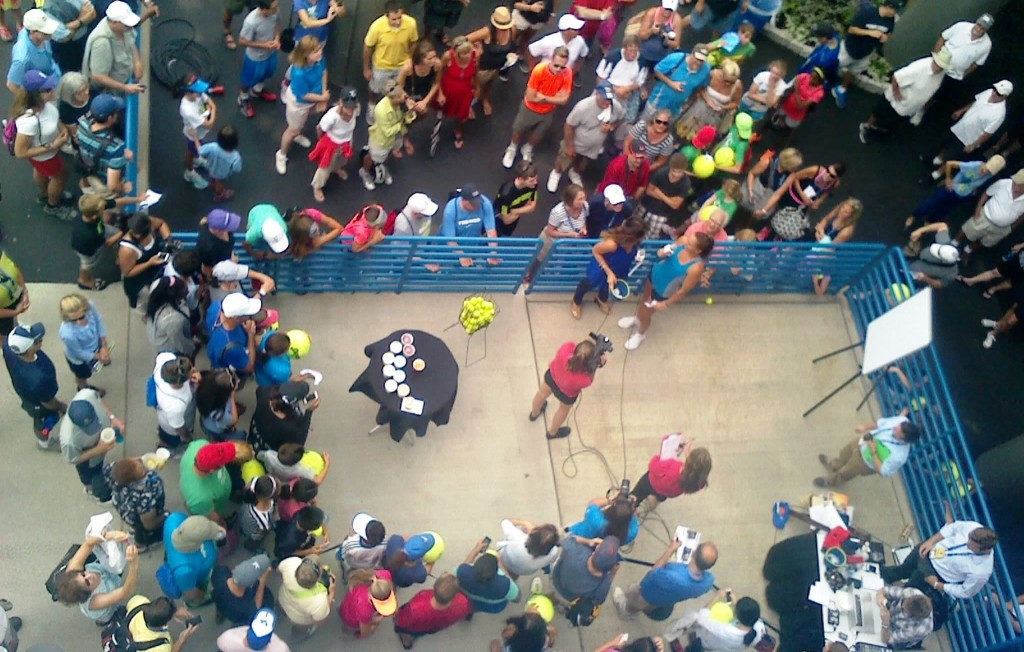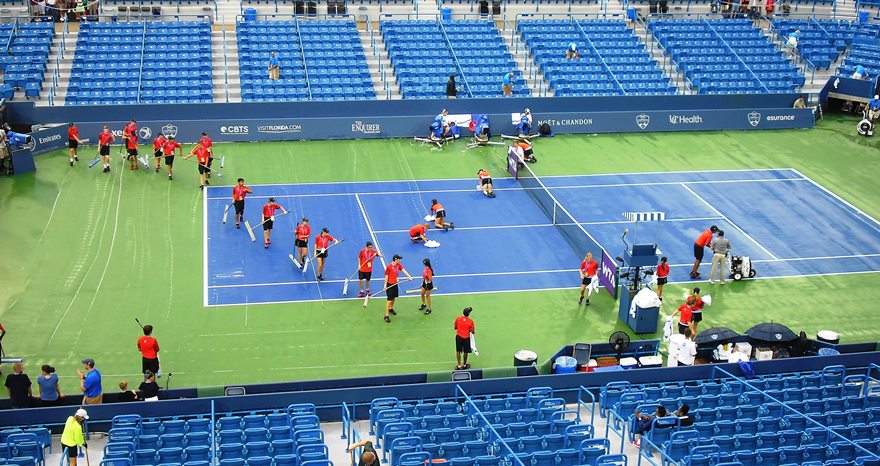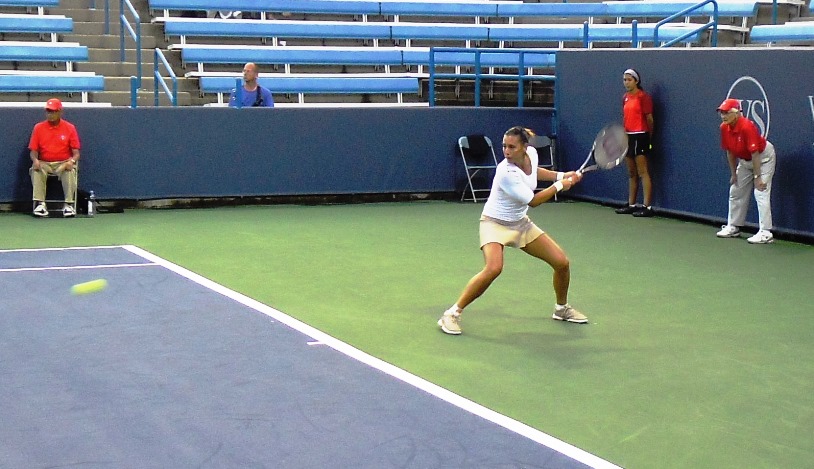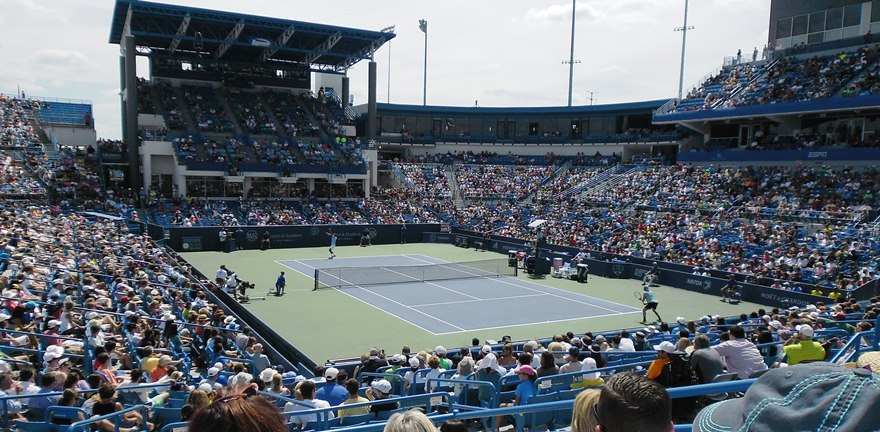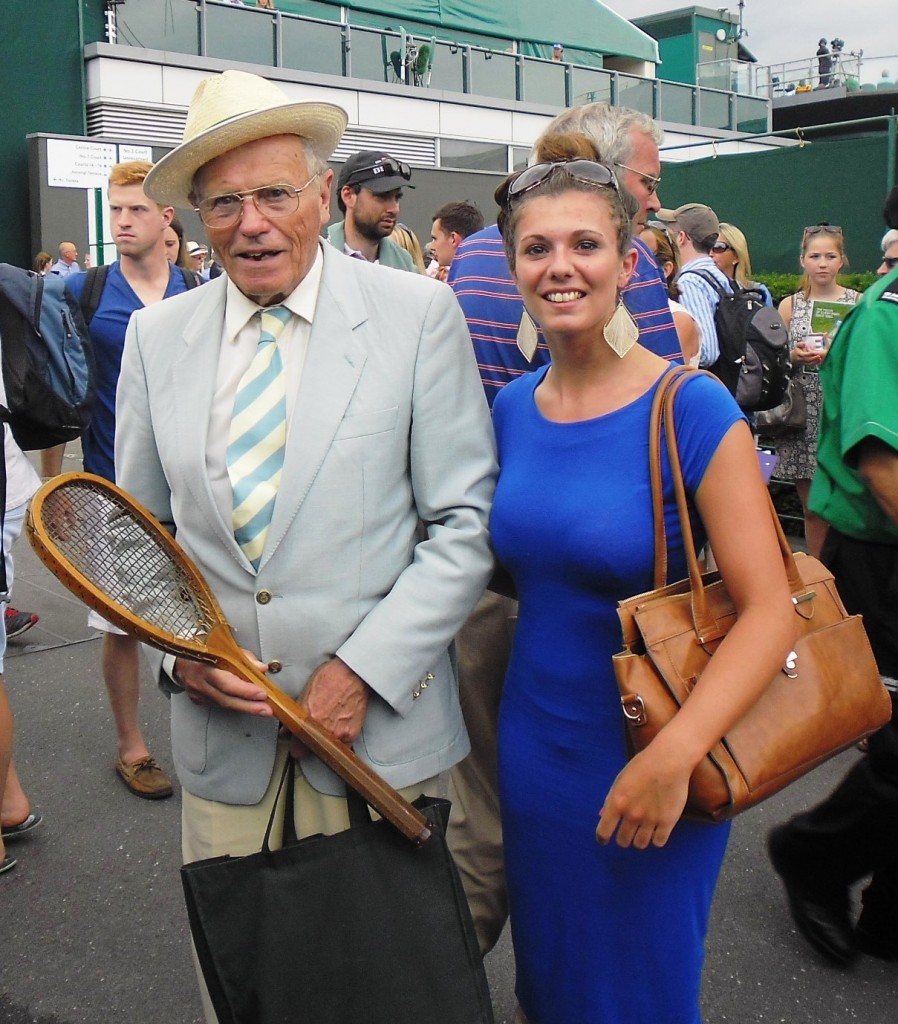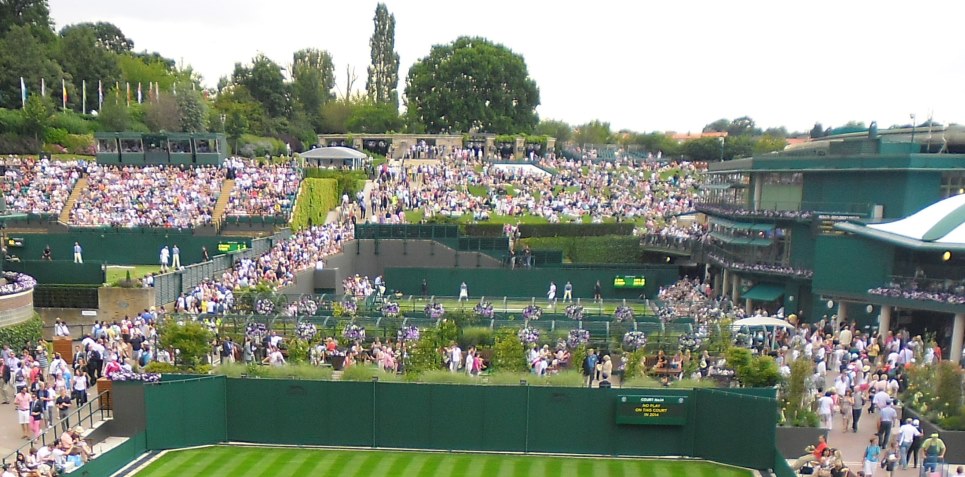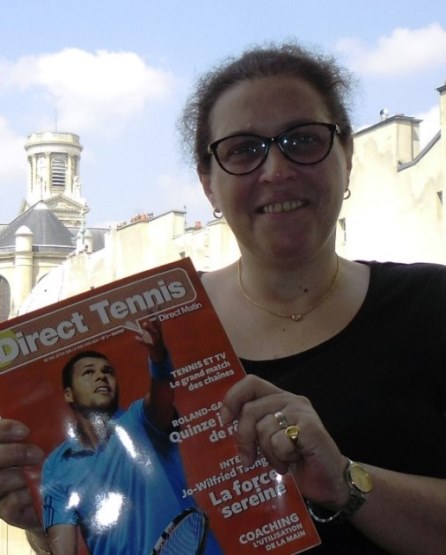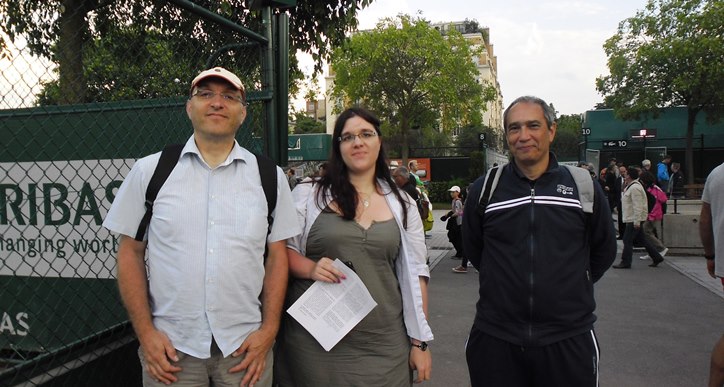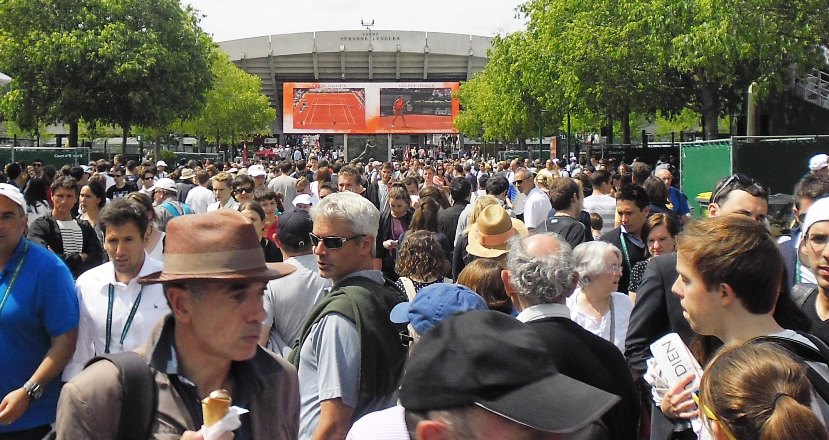We have reached the third round stage at the Australian Open, and although the surge in the number of surprise winners in the first days of competition emerged as a major topic of conversation, the title contenders on both women’s and men’s draws have moved forward. Only two of those players, Maria Sharapova and Rafael Nadal, have been in legitimate danger of being ousted by their “lesser” opponents, but both showed why they belong to the elite group of genii in our sport who rise above challenges in ways that others can only imagine. Down a match point twice, Sharapova hit two forehands winners that most other players would only dare to attempt if they were up 5-0 30-0. Nadal overcame violent stomach pains, vomiting on the court, and still found an extra supply of his interminable fighting spirit somewhere deep within him to come back from two-sets-to-one down to win in a battle that lasted over four hours.
This is how these genii operate and that is why they are likely to be there when late next week arrives instead of the emerging group of great players such as Madison Keys, Zarina Diyas, and Caroline Garcia on the women’s side, and Grigor Dimitrov, Milos Raonic, and Nick Kyrgios on the men’s.
The gap between these players and the elite has narrowed, but is still far from disappearing. Even for Eugenie Bouchard and Kei Nishikori, both reaching the finals of one Major each in 2014, the road still seems long before they can step on the same pedestal as the elite few. But this article belongs to one player on the men’s draw who is neither a genius, nor a great up-and-comer. It is about Feliciano Lopez, the veteran who has been around the top 20 for a long time while remaining a nightmare for most top players, and why he is the most unlikely player to still be in the tournament.
First of all, let’s make it very clear: it is not just the four match points saved by Lopez in his first two rounds combined against Denis Kudla and Adrian Mannarino that make his presence in the third round spectacular. It is rather how poorly he has played in those matches and still managed to turn them into victories.
Against Kudla, his first serve, which is usually the driving force for the rest of his game, hovered around the 55% mark throughout the match. It was also only in the mid-portion of the fifth set that (10-8) that the numbers of his winners surpassed that of his unforced errors; and even then, he still had to save three match points in the final stages of the match to survive. He was constantly having to catch up with Kudla’s rhythm, getting outplayed from the baseline, and having to chase the American’s balls down and committing silly errors in his attempts to dig out of that pattern and take charge during the points. Nevertheless, he survived and it could not get any worse for Lopez right? Wrong!
The level of his play dropped even lower against Mannarino. His first serve percentage was this time well below 50% (46% and 43% in the first two sets, respectively) for most of the match. Despite an opponent who kept throwing in double faults at the most inopportune moments, and who did nothing more than return low and bunt the ball back in play, Lopez made mistake after mistake and constantly complained to his corner, in search of answers for the shockingly low quality of shots coming out of his racket. Yes, Lopez did save a match point at 4-6 4-6 4-5, but alone, that does not reflect how lop-sided the match was at times in Mannarino’s favor. The Frenchman was actually up 4-0 in that third set and serving, then 5-3 and 30-0, and finally 3-0 up in the tiebreaker before losing seven points successively to lose the third set, and melting away in the fourth due to illness (he retired down 0-4 in the fourth set, unable to move the last few games).
So how did Lopez do it? Blaming Mannarino’s illness for the Frenchman’s exit from the tournament would be nothing more than telling a tall tale, because he did everything possible in the third set when he had the match in his hands, short of rolling the red carpet for Lopez and inviting him back in the match, to not cross the finish line.
At 4-0 down in the third, Lopez looked like he was ready to get in the locker room and playing terrible, except that Mannarino served a succession of double faults and committed a number of errors on shots that challenged him no more than the five-minute warm-up balls coming from the opponent. To be clear, it is not as if Mannarino led Lopez 6-4 6-4 4-0 because he was outplaying his opponent. He was up because he could not lower the quality of his game as much as Lopez did during that period. This match did not feature a world-class level of tennis, both players serving so poorly that there were a number of consecutive breaks in three and a half sets of play. Although the first sentence of the paragraph asked for an explanation of how Lopez “did it,” the more appropriate question for this particular match would have been “how did Mannarino do it?”
Yet, there must be a reason why, in Majors, Lopez has a 16-8 record in five-setters (win against Mannarino does not count because technically, Lopez did not win in five sets) and has won his last seven five-setters, dating back to Wimbledon 2009.
The Spaniard never loses hope no matter the score, and he does not link the level of his play to his will to win. In Lopez’s world, “playing bad” or “sucking” does not equal a loss. A very common phrase in tennis players’ language, “I can’t win playing like this,” does not exist for Lopez. As far as Lopez is concerned, he can play “like this,” and still win playing “like this.” In this edition of the Australian Open, he is easily the worst performer to reach the third round.
Lopez will face Jerzy Janowicz next round. In order to win, Lopez will desperately need to raise the level of his play against an opponent who has more power and shot-making capability than him. But wait! That is probably not how Lopez thinks. He probably thinks “I can win, but what can I do anyway in order to raise the level of my play?”
Note: Follow MT-Desk on Tweeter throughout the Australian Open: @MertovsTDesk

